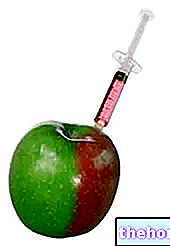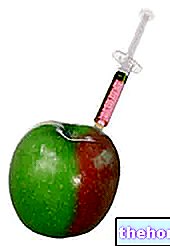Positive List and Negative List
The positive list is the list of authorized additives with the indication, for each, of the cases of use and the maximum permitted doses. The positive list is drawn up by the Health Administration, in agreement with the other Administrations concerned (Ministries of Agriculture and Forestry, Industry ...) and with the organizations of the producers of additives and food. collaboration of associations that aim to defend the consumer.

The positive list is an effective tool for consumer protection, who is enabled, thanks to the declaration on the label, to know the additives used in the various foods and to make a choice also based on the presence or absence of specific additives; it also represents a useful tool for the food industry, which finds it easier to advertise products that are not treated or treated only with natural additives, such as flavorings.
Where the positive list is present and in force, nothing is allowed among the additives other than those appearing in the lists. In some cases, special rules allow a permitted additive not to be declared on the label, for example sulfur dioxide in oenology.
The positive list must indicate the purity requirements of the permitted additives, specifying the research and analysis methods of the pure additives and food additives considered. For each molecule for which authorization for food use is desired, the demonstration of acceptability, ie the entire toxicological experimentation, is the responsibility of the applicant.
The negative list is the list of substances specifically prohibited by current legislation. According to its proponents, all compounds not specifically prohibited should be considered authorized; the burden of proving acceptability would be borne by the State. In this way, all compounds, even the most toxic ones, would be allowed until their toxicity is demonstrated experimentally.
What is meant by a safe additive?
An additive must be SAFE, ie the consumption of the additive present in the indicated concentration must not present a health risk. The maximum quantities of additive substances indicated by law guarantee the safety of long-term consumption of the food treated with the additive in question. However, the intake of some additives can cause allergic reactions and intolerances. In these cases the consumer will have to give up the consumption of foods treated with these additives.





























